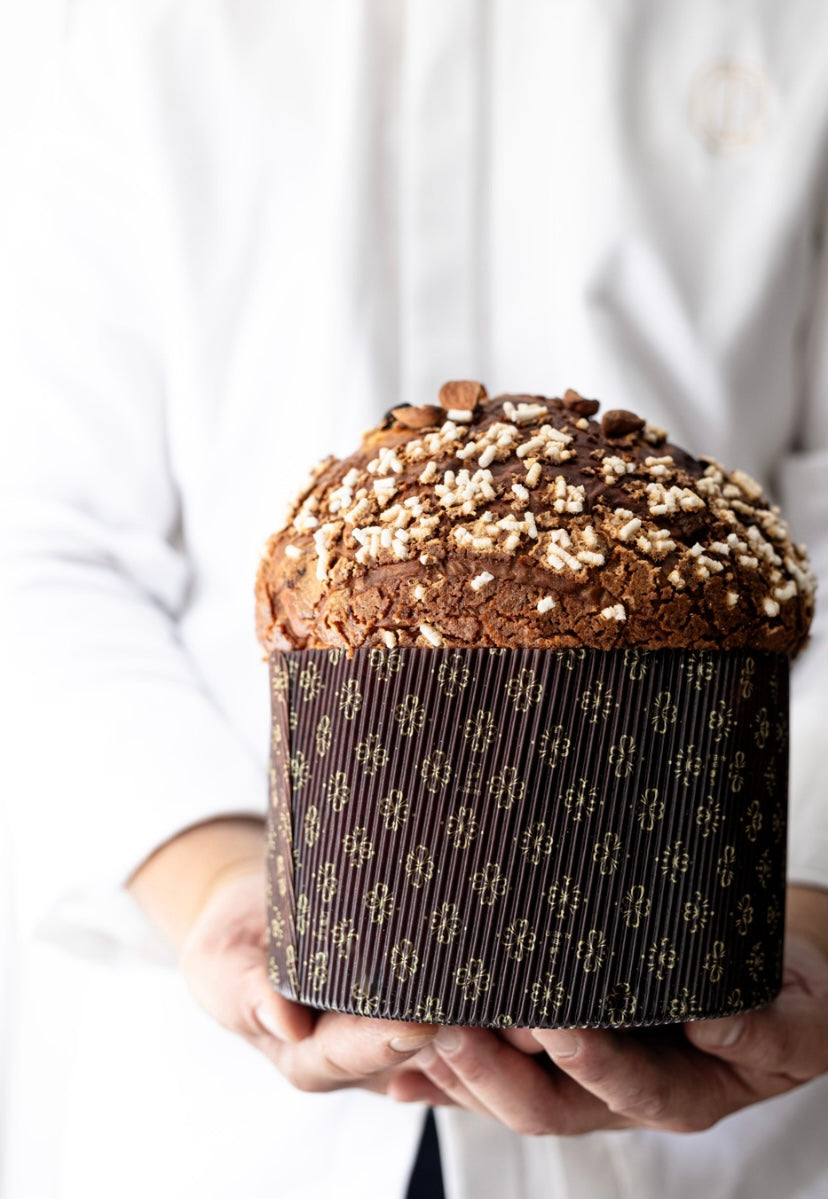The Story of Panettone

The origins of panettone, a rich Italian Christmas bread, are debated, but many agree it was first made in Milan in the 15th century. One popular story is that in 1495, a young cook named Toni improvised a dessert for the Duke of Milan's Christmas banquet after another dessert was ruined. Toni used leftover sourdough, flour, eggs, and sugar to create a soft dough, which he then filled with raisins and candied fruit. The Duke loved the bread, and the Sforza family named it Pane di Toni after its creator. Other theories suggest that panettone is a luxurious version of an older leavened honey cake that dates back to the Roman Empire. The recipe we know today was likely perfected in the late 19th century by Milanese confectioner Giovanni Felice Luraschi. The oldest written record of panettone is from 1599, when the Borromeo College in Pavia ordered 13 loaves for Christmas Day. In the 18th century, illuminist Pietro Verri referred to panettone as pan de ton, which means "luxury bread". The suffix -one emphasizes the size of the loaf. Authentic panettone must contain at least 16% butter and 20% fruit by weight. In northern Italy, it's traditionally made with Lievito Naturale, a sourdough that's been refreshed daily since 1923. In 1821, panettone became a symbol of Italian liberty when red candied cherries and green citrus replaced the raisins and fruit, creating colors that resemble the Italian flag.
